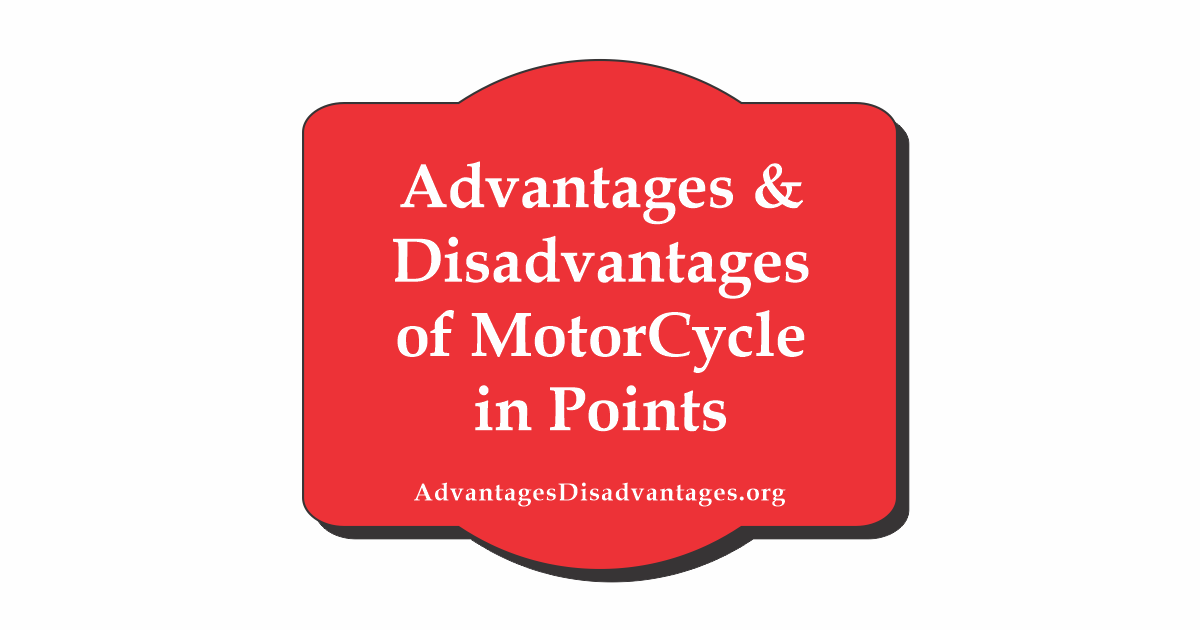Pets
Are Your Pets Stressed? 10 Signs to Look for

It’s not always easy to tell if your pet is stressed. There are many signs that you should be aware of, and they can vary depending on the type of animal you have. One thing is for sure – our pets don’t show the same obvious signs of stress that we humans exhibit, like sweaty foreheads or clenched fists.
It’s important to monitor your pet for elevated stress levels because then you can address them. Reducing stress can help pets live fuller, longer lives.
In this article, we’re going to discuss the top 10 identifiable behaviors and signs that your pet may be stressed. These apply equally to both dogs and cats and can vary depending on the unique personality of your fur kid. After we get through our list, we’re going to give you some tips for dealing with pet stress by discussing great options like trainers and natural supplements like pet CBD products.
Let’s get started!
Ten Signs That Your Pet Is Stressed
- Pacing: Pacing is one of the first signs that your pet may be stressed. Pets who are anxious often walk around for long periods of time, sometimes in circles or back and forth. If they’re having trouble settling, this may be an issue.
- Changes to Bathroom Routines: If you’re a cat owner, watch out for changes to your cat’s bathroom routine like accidents outside the litter box or urinating in odd places where they’ve never had accidents before. When it comes to house-trained dogs, indoor accidents are also a sign that something may be stressing them out. After you check with your vet to rule out any medical issues, it may be time to address your pet’s stress.
- Avoiding, Hiding and Escaping: Avoidance behavior, hiding and trying to escape are all behaviors that your pet may exhibit when they are feeling anxious or stressed. Your dog or cat may want to stay far away from the person, place or thing causing them stress and will use these tactics as ways to achieve that distance.
- Changes with Eating: Pets who are stressed might not want to eat, which means that appetite changes and strange eating behaviors should always be looked into by owners seeking answers for what might be stressing out their pets. If you notice that food remains uneaten for long periods or disappears from bowls without you seeing who’s eating it, this may indicate your four-legged best pal is dealing with some level of stress.
- Aggression: We’re back to the basics on this one, but it’s worth mentioning: Pets who are stressed may also startle easily and start acting aggressively. They may also vocalize their displeasure by barking or growling when they are feeling stressed out, and it isn’t unheard of that some may even try to bite. As noted by VCA Canada, pets that display aggression are not mean or bad, but are simply dealing with a perceived or anticipated threat or unpleasant outcome in the only way they know how.
- Body Posture: Many pets may also have tense muscles and a rigid body posture when they are stressed out, which is an easily recognizable sign for pet owners. This is very common when the stressor is in their immediate vicinity.
- Sleep Cycle Changes: Watch for your pet to have a change in their sleep cycle or find themselves sleeping more than usual. Pets who are stressed often experience changes in their sleeping patterns. This can be hard to recognize with breeds of dogs or cats that sleep a lot or senior animals, so special attention is needed.
- Drooling: Pets who are stressed will often have other obvious physical symptoms like excessive and prolonged drooling. Some breeds of dogs can be prone to more drool than others, but you’ll be able to recognize when it’s out of the ordinary. When you see this sign, you should check your pet’s gums to see if they’re pink in color and rule out any immediate medical issues. If you’re still unsure, get your pet checked out with the vet. If it’s discovered that they’re okay physically but dealing with stress, you can then find ways to help them.
- Panting: Excessive panting, especially when it isn’t hot out, is another way pets will show their stress levels. Yes, panting is a way that animals cool down. However, dogs and cats may pant when they are feeling anxious or stressed.
- Empathy: Sometimes our stress is what affects our pets the most, so addressing your own issues may be what’s best for your fur kid. Both dogs and cats may be affected in this way and can exhibit their stress or depression in the various ways we’ve discussed, from shaking when they sense there’s something wrong with us to decreased appetite to avoidance behaviors. This shows that pets know when we feel bad. The best thing that we can do for them in this case is practice a little self-care of our own.
Dealing with Your Pet’s Stress
As we’ve mentioned, when signs of stress show up, a visit to the vet is often the first thing you should do. This will rule out medical issues that may be prompting the behaviors you’ve noticed. If nothing comes up with the vet, it’s time to look at your own home, routine and think about recent changes.
Pinpointing what is stressing your pet and removing those stressors from your home may be the first step to getting your fur kid back to their old self. This can include removing triggers like appliances that make loud noises or frightening objects in the home, such as new decor like large vases or sculptures. If you can’t remove those stressors entirely, keeping your pet away from them will be the next best thing.
Exercise is a great way to help lower stress levels in pets, and it’s another thing that we should be addressing at all times regardless of if they’re showing signs of stress or not. Diet is another way to help with stress levels. We recommend you speak with a qualified veterinarian or pet nutritionist regarding what might be best for your pet based on their specific needs and health condition.

If you can’t get any of these methods to work, you may want to work with a qualified trainer who uses positive behavioral training techniques. Seek out this kind of trainer so as not to increase your pet’s anxiety any more than necessary or make things worse by using old-fashioned punishment methods.
Lastly, using natural supplements may also have some benefits in reducing anxiety of dogs or cats who are more prone to it. Some pets deal with anxiety their entire lives, but others experience it more acutely after major changes like a move or the addition of a new pet or family member. This is especially true with cats and using something like CBD oil for cats can be really helpful. Cat CBD products are simple to use and can be added to their food, with similar options existing for dogs as well.
Final Thoughts
The topic of pets and their mental health is something that many people don’t think about, but it’s an important one when you consider the fact that we dedicate so much time and love to our four-legged family members. Their well-being is our well-being and helping them out in any way we can is a worthy endeavor.

-

 Health6 years ago
Health6 years agoAdvantages and Disadvantages of Milk
-

 Tech4 years ago
Tech4 years ago6 Tips to Improving E-Commerce Websites
-

 Home6 years ago
Home6 years agoAdvantages and Disadvantages of Village Life in Points
-

 Travel5 years ago
Travel5 years agoAdvantages and Disadvantage of Travelling
-

 Sports4 years ago
Sports4 years agoThe benefits of playing an online live casino
-

 Tech6 years ago
Tech6 years ago10+ Advantages and Disadvantages of Mobile Phones in Points
-

 Tech5 years ago
Tech5 years agoEssay on Advantages and Disadvantages of Offline Shopping
-

 Tech5 years ago
Tech5 years ago8+ Advantages and Disadvantages of Motorcycle |Having Bike